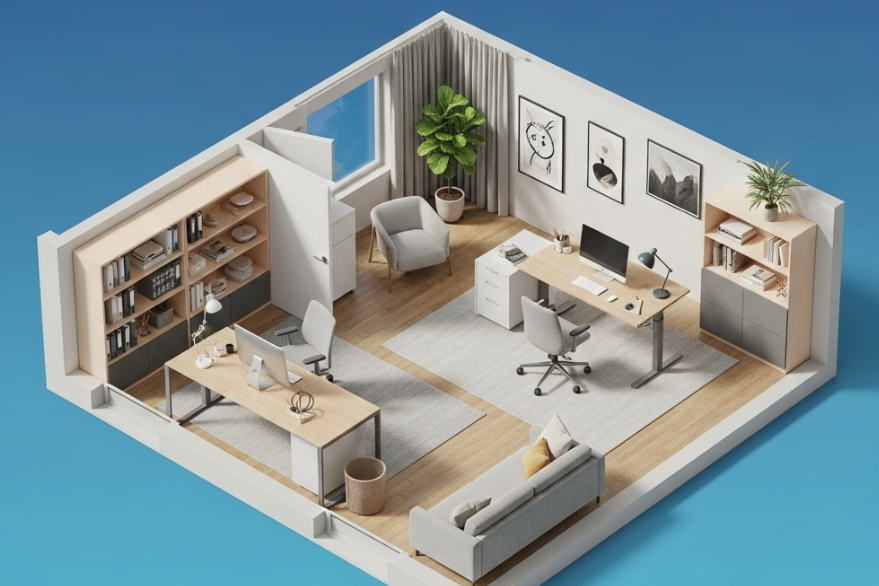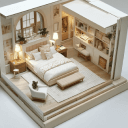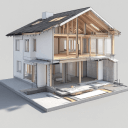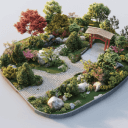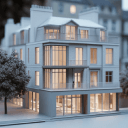As a professional interior designer, I’ve witnessed a shift in how we communicate our vision to clients. It wasn’t long ago that a mood board – a collage of fabric swatches, magazine clippings, and color samples – was the go-to tool for conveying the “feel” of a room. While mood boards are great for inspiration, they leave much to the imagination when it comes to layout and scale.
Today, thanks to advancements in technology and tools like Arcadium 3D, we can take that curated inspiration and transform it into an interactive three-dimensional model of a space. This evolution from flat mood board to immersive 3D model is revolutionizing client presentations, making design concepts easier to understand for everyone.
From Mood Boards to Immersive 3D: The Evolution of Client Presentations
For decades, mood boards have been a staple of interior design. They distill the desired style, color scheme, and ambiance of a project into a single collage, helping designers and clients establish a mood or theme. However, a mood board can only go so far. A board filled with images of cozy reading nooks and chic furniture doesn’t show how those elements will fit together in a real room.
Clients might love the individual pieces on a mood board yet still struggle to visualize the end result in their own space. This is where the leap to 3D becomes transformative. Modern interior design presentations increasingly rely on immersive 3D models that place clients “inside” the proposed space.
Instead of imagining how a fabric sample might look on a sofa or guessing if a chosen coffee table will allow enough circulation space, clients can virtually walk through a rendered room and see it all for themselves. What used to be flat concepts on a board become life-sized, photorealistic models that you can explore from every angle. The evolution from mood board to model means designers now present ideas not as abstract concepts, but as near-tangible experiences.
By moving to 3D, we bridge the gap between inspiration and reality. An elegant mood board might communicate style, but a detailed 3D model communicates scale, proportion, and functionality. Clients can better grasp how a particular couch from the mood board actually fits in the living room, or how the chosen color palette transforms the feeling of the space when applied to walls and décor. In short, presenting in 3D takes the guesswork out of the equation – it’s the difference between “Here’s the vibe we’re going for” and “Here’s exactly how your room will look and feel.”
Check Out Our Tool
Why 3D Models Wow Clients (Beyond What a Mood Board Can Do)
Shifting to 3D models for client presentations isn’t just a gimmick – it addresses many limitations of traditional mood boards and offers new advantages in the design process:
Real-world Scale and Clarity:
A 3D model provides an accurate sense of spatial scale that mood boards and 2D plans just can’t convey. Clients can experience the true proportions of furniture and rooms by virtually walking through the space. This means fewer surprises – they immediately see if a sofa is too large or if there’s ample clearance around the dining table. By viewing the design from every angle, misunderstandings are minimized, and everyone shares a clear vision of the layout.
Interactive Exploration and Instant Changes:
With a digital 3D model, presentations become interactive experiences. Clients can look around the model freely, and designers can respond to feedback on the spot. Move a chair or swap a paint color during the meeting and the scene updates in real time – no need to redraw anything. This rapid iteration makes the design process more collaborative and responsive. Clients feel involved as they “walk” through their future room and see their suggestions take shape immediately.
High-Impact Visuals and Ambience:
A 3D model can be made to look remarkably realistic, capturing the mood of the design down to lighting and shadows. Tools like Arcadium 3D offer built-in rendering (and even AI enhancements) that turn your model into near-photographic images. The cozy reading nook or sleek modern kitchen from the mood board isn’t just imagined – it’s digitally recreated with correct materials, textures, and lighting. These polished visuals immerse clients in the intended atmosphere and style, generating excitement and confidence. In many cases, the final rendered views of the model look like photographs of a finished project.
Arcadium 3D: Bridging the Gap from Concept to Reality
Transitioning from a flat collage of ideas to a full 3D presentation might sound daunting, but Arcadium 3D was built to make this process accessible to anyone with a vision. Arcadium 3D is a free, browser-based
room design 3d
platform that provides professional-grade design tools in a user-friendly package.
No software installation or hefty license is required, yet it packs advanced capabilities normally found only in high-end architectural programs. Arcadium streamlines the entire workflow from rough idea to walkthrough-ready model, acting as a bridge between the initial concept phase and the final visualization.
Some of the Arcadium 3D features that make it ideal for turning mood boards into models include:
Massive Furniture Library & Décor Catalog:
Arcadium comes with an ever-growing library of furniture, fixtures, and finishes spanning many styles. This is a godsend when translating a mood board into a model – you can usually find a close match for that iconic mid-century chair or rustic farmhouse table your client fell in love with. From minimalist sideboards to elegant chandeliers, the range of objects means your 3D scene can capture the exact look and vibe from your inspiration board. And because all items are built to scale, what you drag into the room isn’t just visually similar to your mood board reference, it’s also accurately sized for the space.
Dynamic, Parametric Components:
Customizing elements to fit your design is incredibly easy with Arcadium’s smart parametric components. Need that bookshelf to span the entire wall? Just stretch it, and additional sections pop in automatically to fill the length. Want a window slightly wider? Drag its edges, and the frame adjusts perfectly. These smart objects (doors, windows, cabinets, shelves, etc.) save hours that would otherwise be spent manually tweaking models. In practical terms, this means you can tailor the 3D space to match your mood board vision in seconds – whether it’s extending a countertop to the exact length of your kitchen inspiration photo or adjusting a sofa to fit a smaller alcove. The software handles the fine details (like cushion spacing or door swing) for you, so you can focus on the creative aspects.
Cloud-Based Collaboration & Sharing:
Arcadium 3D is entirely cloud-based, which opens up wonderful possibilities for presenting and working with others. When your model is ready, you’re not exporting static images or PDFs (unless you want to) – instead, you can send the client a simple link. With one click, they open the design on any device and can experience the room in 3D via their web browser. There’s no special software or viewer needed. This one-click sharing via URL makes the presentation extremely convenient and nearly frictionless. I often walk clients through the space during a video call by sharing my screen or having them follow along in their own browser. They can even toggle between 3D walkthrough and a floor-plan view if they want to discuss specifics. Feedback becomes crystal clear, as clients might point out “Let’s try a round coffee table here” and we can adjust the model immediately.
AI-Powered Visualization Tools:
A particularly cutting-edge feature of Arcadium is its AI interior design image generator. Once you’ve built your 3D model, you can leverage AI to create high-fidelity renderings or even artistic concept images from that model. For instance, Arcadium’s AI tool can turn a 3D view into a photorealistic image or even a hand-drawn-style sketch at the push of a button. This means if your mood board had a gorgeous magazine photo that inspired the project, you can generate a comparable realistic image of your designed room for a final persuasive punch in the presentation.
Arcadium 3D’s intuitive interface and extensive object library make it easy to bring a concept to life in 3D. The platform’s tools allow designers to sketch layouts, drag in furniture, and apply finishes in minutes, turning inspiration into a tangible model.
From Mood Board to 3D Model: A Step-by-Step Workflow
Turning a mood board into a complete 3D design in Arcadium 3D can be done in a few intuitive stages:
1. Outline the Space:
Start by creating the room’s empty canvas. In Arcadium’s 2D planner, sketch the floor plan – click to draw walls to the correct dimensions and drop in essential structural elements like doors or windows. This gives you an accurate, to-scale layout on which to build your design. (It’s easy to adjust lengths or add unique features to match real room quirks, like that bay window or angled nook you noted from the client’s space.)
2. Place the Core Furniture:
Next, bring in the key pieces that define the room. Think of the major items from your mood board – the sofa, bed, dining table, etc. Using Arcadium’s furniture library, drag and drop these anchor pieces into the model where they make the most sense (e.g. sofa against the main wall, bed in the bedroom’s focal spot). Because everything is true-to-size and can be easily moved or rotated, you can quickly test different arrangements to see what feels best. Arcadium’s parametric furniture also allows custom resizing on the fly (stretch a table longer, expand a sofa) without distortion, so you can perfectly fit items to your space just as envisioned.
3. Layer in Decor and Lighting:
Once the big pieces are set, add the secondary elements that complete the look. This includes storage units, rugs, curtains, artwork, plants, and light fixtures – many of which will come straight from the mood board inspiration. Arcadium’s catalog has thousands of décor items and fixtures to choose from. As you place these, apply the materials and colors that your mood board calls for: maybe change the virtual sofa’s upholstery to that sage green velvet or paint an accent wall the exact navy blue from your palette. Adjust the lighting in the model as well – drag in floor and table lamps, or change the brightness and warmth of light – to match the ambiance. The real-time render engine will show you instantly if the room is feeling like the cozy retreat or the airy studio you intended.
4. Review with a Walkthrough and Refine:
Finally, immerse yourself (and eventually your client) in the design to see it from a first-person perspective. Arcadium lets you click “Play” and walk through the virtual room as if you were actually there. Stroll around and examine every corner to check that everything feels right – is there enough space to navigate around the coffee table? Does the desk line up with the window nicely? If something is off, you can make quick tweaks (move a chair, widen a walkway) in seconds and re-test. Once satisfied, share the 3D model with your client by sending them the link to view the project. Now your client can experience the design themselves on any device, or you can guide them through a virtual tour. This step truly brings the process full circle: the mood board’s ideas are now presented as a vivid 3D environment. The client can give feedback based on actually seeing the design, and any changes can be incorporated right back into the model for further refinement.
Empowering Every Designer: 3D Tools for All Skill Levels
One of the greatest advantages of Arcadium 3D is that it makes advanced interior design techniques accessible to everyone. In the past, creating a detailed 3D model required specialized training or hiring a professional renderer. Now, anyone with a vision can jump in and start designing. Arcadium’s learning curve is famously gentle – most users master the basics within an hour or two. The interface is intuitive (drag-and-drop furniture, easy measurement inputs), and helpful templates or tutorials can guide first-timers along.
Because the software runs in your browser and is free to use initially, there’s no barrier to giving it a try. This means a homeowner excited about their mood board can translate those ideas into a 3D plan without buying expensive software. At the same time, seasoned interior designers benefit from the speed and flexibility – Arcadium lets them test ideas or generate polished visuals in a fraction of the time, freeing them up to be more creative and productive on each project.
Another bonus is how Arcadium fosters collaboration. Because it’s so user-friendly, even clients can potentially tinker with the model themselves or collaborate in real time. I’ve had clients who, after seeing their project in Arcadium, wanted to experiment with moving a few pieces around virtually – something that was never possible with traditional presentations. When everyone can engage with the design in this way, it leads to fewer miscommunications and more buy-in. In essence, Arcadium 3D has helped democratize the interior design process – turning mood board dreams into 3D reality is now something anyone can do.
Conclusion: From Vision to Virtual Reality
The journey from mood board to model has fundamentally improved how designers communicate ideas. By embracing interactive 3D presentations, interior designers can eliminate guesswork and ensure clients truly understand and love the plan. With a platform like Arcadium 3D at our fingertips, we’re able to show clients exactly what their future space will look and feel like – no more leaps of faith based on fabric swatches or flat sketches.
Arcadium 3D can translate mood board inspirations into detailed 3D scenes. In this example, the concept’s furniture, colors, and decor are assembled in a realistic virtual room. This allows the client to visualize exactly how everything will look together.
From personal experience, using Arcadium 3D to present designs has been a game-changer. It merges creativity with technology, allowing imagination to take shape in a way that’s both exciting and precise. If you’re ready to elevate your interior design workflow, consider taking your next mood board into the third dimension with Arcadium 3D – you and your clients will be amazed at the transformation.
Check Out Our Tool


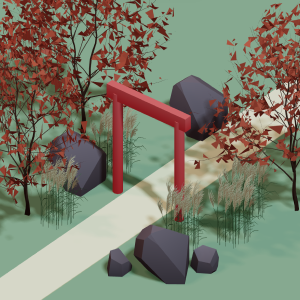 All training, tips and articles
All training, tips and articles
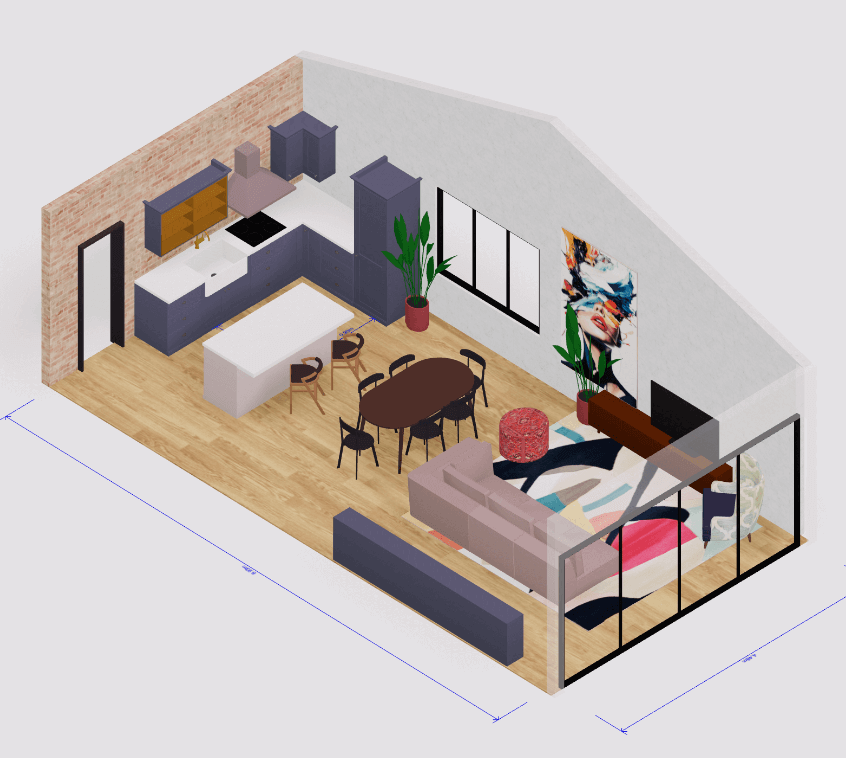 3D house design tool
3D house design tool
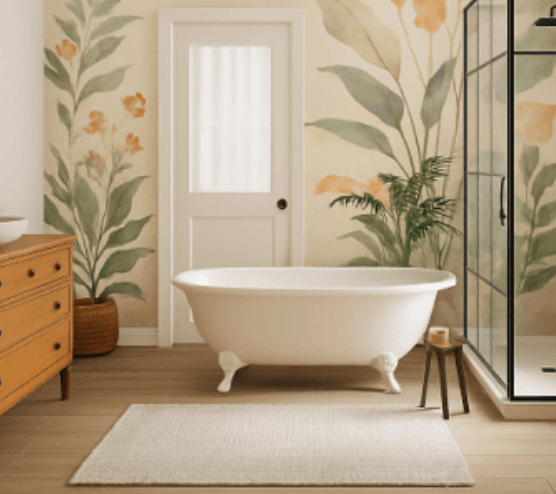
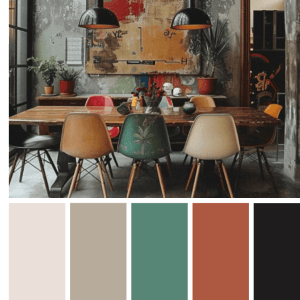 Color palette generator
Color palette generator
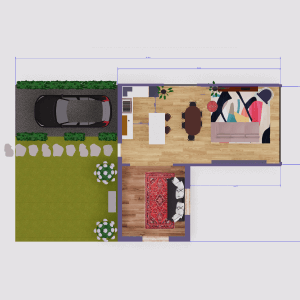 Floor plan creator
Floor plan creator
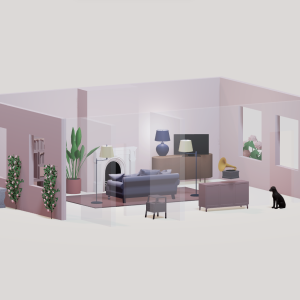 Interior design app
Interior design app
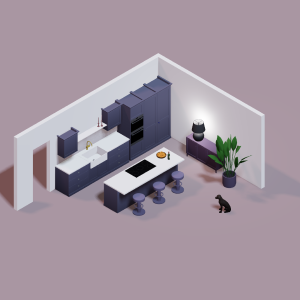 Kitchen design tool
Kitchen design tool
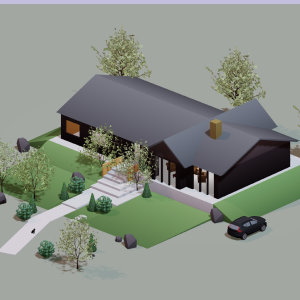 House design software
House design software
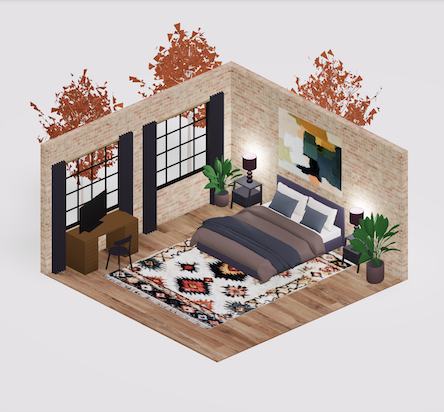 Room designer
Room designer
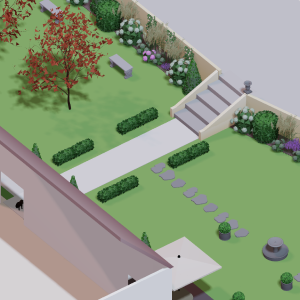 Landscape design software
Landscape design software
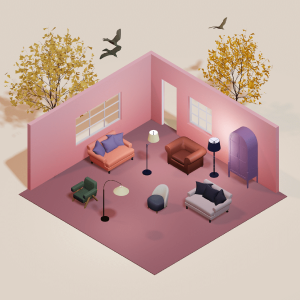 Bedroom design
Bedroom design
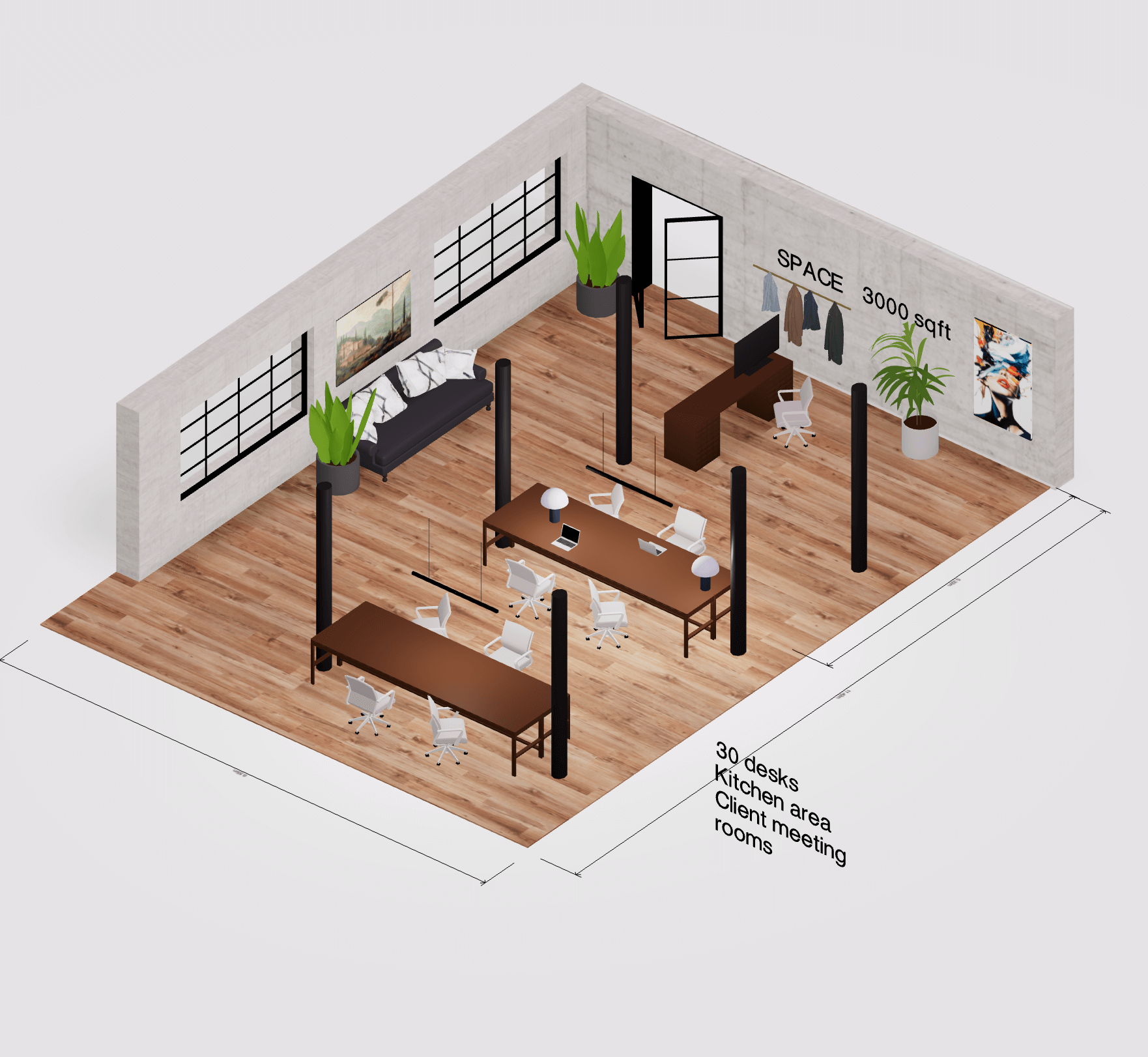 Office floor plan creator
Office floor plan creator
